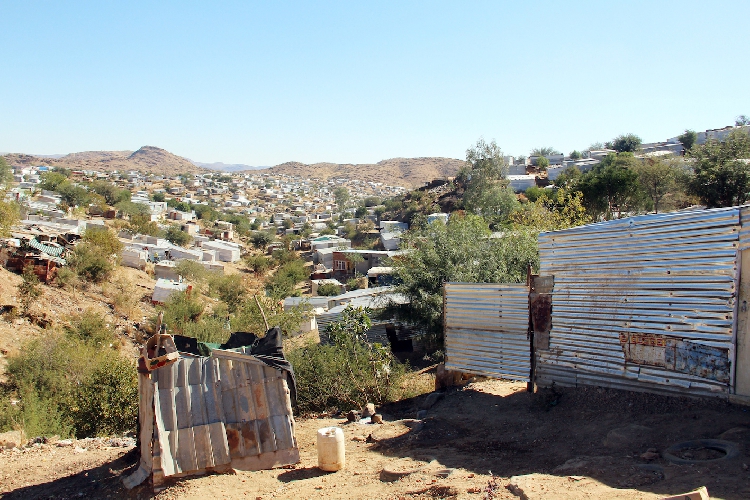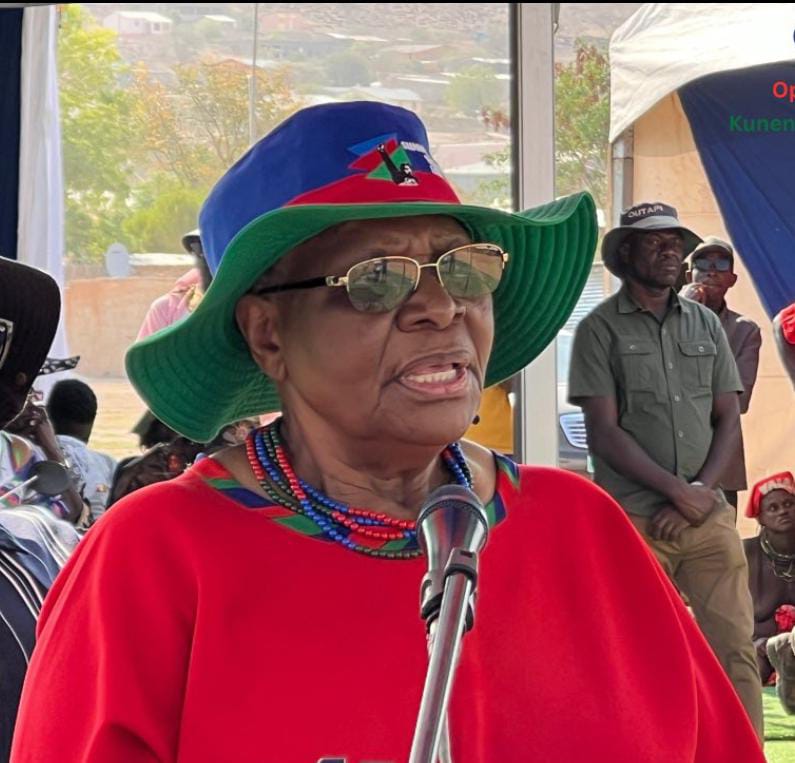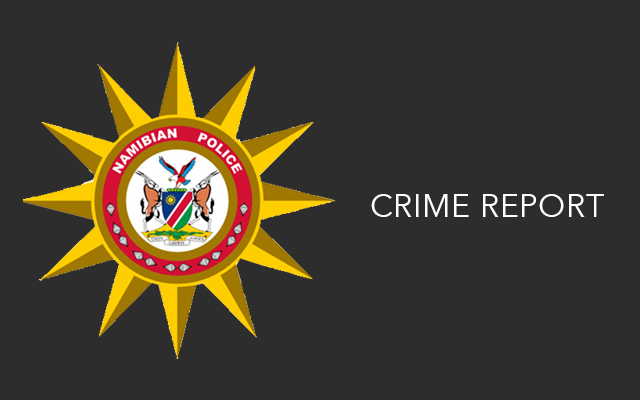THIRTYSEVEN shacks have burned down in the first four months of this year.
Statistics from the Windhoek Fire Brigade and Emergency Services show that more informal structures burn down daily compared to the formal structures.
A total of 151 informal structures burned in 2014, 145 in 2015 and 37 in the first four months of 2016, while 85 formal structures burned in 2014, 75 in 2015 and 42 so far this year, showing that the informal are leading thus far.
Chief of emergency management at the Windhoek Municipality Raymond Kapia said standard response time from any of the four Windhoek fire stations to an emergency is five to 10 minutes.
“If you call and put down the phone, from then you can start counting. In five to 10 minutes, we should be there. We should reach the furthest area by 10 minutes,” he explained.
Kapia was quick to say responding to emergencies in the informal settlements, however, poses a challenge due to the absence of formal roads.
He told during the launch of community meetings last month that it only takes three to five minutes for a shack to burn to the ground.
He said when residents from an informal settlement call the fire control room, they are required to provide the location, which they are unable to do as most structures do not have street names or house numbers.
Kapia further said some shacks are inaccessible, especially those in the mountains, while there are riverbeds and also no roads leading to these areas.
“Timely response is compromised. They might take 20 minutes to arrive at the scene through getting guidance from the community,” he said, adding that signs such as smoke can never give proper directions because it travels.
Sometimes, informal settlements community members try to extinguish the fire on their own, but when they realise that they are unable to extinguish it, they resort to the emergency services a little too late.
Kapia thus proposed that residents should rather try and built houses with approved plans and from the correct materials.Although he acknowledged that it can be a financial challenge for some, he maintained that it would help in the long run.
He said this would be the case because formal structures have proper roads infrastructure and water reticulation systems, which can be used for fire hydrants, benefits which are lacking in the informal settlements.
Informal settlements in Windhoek are home to more than 100 000 residents, a situation which has led to the city demolishing many of the illegal dwellings to ensure that there is law and order, and to avert any further misfortune in the event of a disaster.
“When one compares the situation, one would say that yes, it is changing, but not at the rate that we want,” said deputy fire chief Kupaha Uazukuani.
He said most of their community education programmes target schools in informal settlement areas with the hope that the children will take the message home.
“In addition, we do community education in the form of burning shack simulations in selected strategic areas in informal settlement areas, and this has proven to be a huge success as members of the community come out in numbers and engage with our officials on how to prevent and mitigate fires,” he added.
Uazukuani said the population in informal settlements is increasing every year, and they find new households every now and then moving into areas, with little or no information on how to respond to fires when they do happen, and this has proven to be one of their major challenges.
Stay informed with The Namibian – your source for credible journalism. Get in-depth reporting and opinions for
only N$85 a month. Invest in journalism, invest in democracy –
Subscribe Now!






